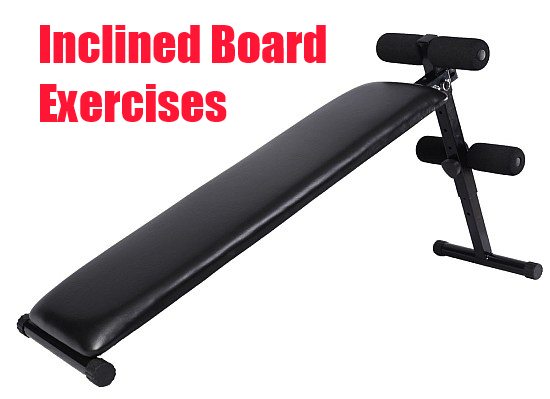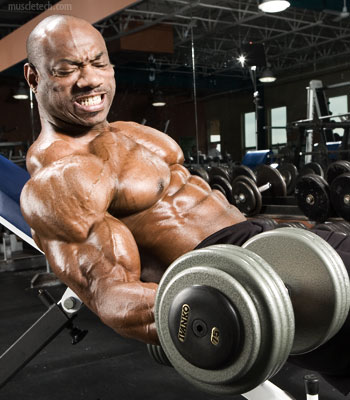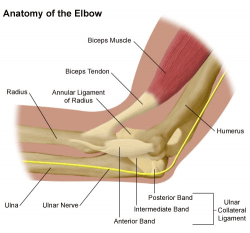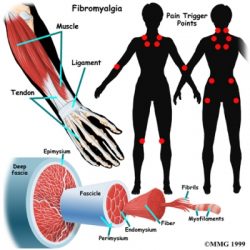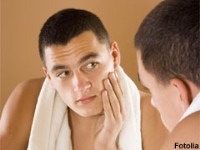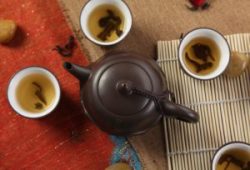Position: A supine position on the board with the head toward the upper end. The upper end of the board or the strap is held in the hands to keep the body in position. The knees are bent up toward the chest until the low back is flat against the board and the heels are 8 to 12 inches above the board.
Action: From this position, keeping the legs relaxed, the knees are brought strongly toward the chest so that the hips are raised as high as possible off the board. The hips are then lowered back to the board until the low back is flat again upon it.
When this point is reached, the knees are brought again up toward the chest and the hips raised as before. Most of the effort of the motion should be made with the abdominal muscles with the pull of the arms used as little as possible. When the low back is returned to the board, the legs must not be permitted to sag down toward the board, otherwise the hip flexor muscles will assist in the motion and destroy some of its effectiveness for the lower waist.
Breathing: Exhale as the knees are brought up toward the chest and inhale as the hips are lowered back to the board. This will seem quite opposite to the natural inclination, but when the abdomen is compressed as in this motion, the air should be expelled.
Starting Resistance: In this movement, the of the legs will supply the necessary resistance.
Progression: Begin the motion with 5 counts, adding 1 count each week until 20 or more have been performed. There is no fault with doing more than 20 counts, even working up to 50 counts, if the effort is not too great.
Goal: All should work up to at least 20 counts in this motion.
Results: This exercise is a specific motion to strengthen the lower part of the abdominal wall. It will aid greatly in developing or restoring good support in the lower abdomen.
Comments: This motion is more difficult than it appears to be. In the beginning a very strong pull with the arms may be required to get the hips off the board. As strength is built in the abdominal muscles, less effort is required of the arms. During the exercise constant attention will be required to prevent the legs returning closer to the board when the low back returns to the board. This is a relatively advanced exercise and one of the best for the lower waist.
Good abdominal tone is necessary to support the viscera and pelvic organs properly, relieve blood congestion and promote better return circulation to the heart. In addition, the contraction and extension of the abdominal muscles aid very materially in the peristalsis of the large colon. With regular exercise the use of any cathartic, however mild, is unnecessary.
The strength and tone of these muscles are strong factors in maintaining a correct curve in the lumbar spine, so that the curve is not accentuated causing low back pain and discomfort.
Lack of abdominal tone and support of the viscera causes pressure on the pelvic organs. This pressure interferes with the flow of blood in the iliac veins and arteries in the pelvis. This condition is at the very least, a strong contributor to the condition of varicose veins in the legs. An improvement in muscle tone and body mechanics has a most favorable effect on the symptoms of varicose veins.
